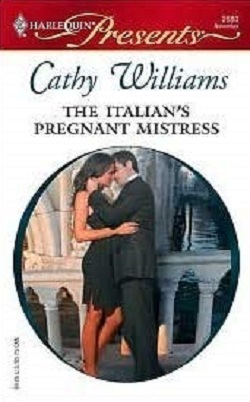Thursday: MadCon2004
“MadCon” is a contraction of the ironically titled “Mad Scientists’ Convention,” so named because of the derision that heralded the inaugural event in 1931. The cofounder of MadCon was Mycroft Next, who attended every meeting in the Swindon Convention Center that now bears his name and eventually won the prestigious Lifetime Achievement Award in 1988. The event caters to those interested in outlandish scientific ideas, and despite being shunned by the conventional scientific community, MadCon continues to deliver top-class science to the world.
Francine Grooper, On the Edges of Science
The Mycroft Next Convention Center’s main hall was huge, noisy and filled with people. But, despite this being MadCon, it was populated by not just the insane scientists working on the very edge of accepted rules of physics and mathematics but also by journalists, industrialists, private-equity firms and conventional scientists in disguise, all eager to see what the deranged geniuses among the scientific community we
re up to. There were many trade stands, too, manned by both oddball and respected scientific foundations that wanted to help bring bizarre and seemingly impossible ideas to the marketplace.
There was an hour to go before Tuesday’s keynote speech, so I made my way slowly toward the stage at the far end of the convention center. The Anti-Smite Strategic Defense Shield Corporation was here in force, hoping to sell the technology to other nations who might also have cause to attract the Lord’s ire due to some misdemeanor of their own.
I passed by the large Goliath stand, which was this year promoting the idea of homegrown donor organs with zippers for easy transplanting or, for the more budget-conscious, externally worn organs that could be used on a “timeshare” basis. Beyond Goliath was someone peddling intelligent string to wrap up parcels unaided and for self-tying shoelaces. After that there was a stand where a tech firm had designed a joke-compression standard that would allow gags to be encoded digitally, stored and then played back with no loss of nuance, subtlety or humor— even after thousands of years.
“Once we can successfully synthesize gags,” said one of their reps once I had paused to see, “we’ll have found another industry that the digital revolution can destroy for no reason other than it can. We’re calling the compression standard JAPEG.”
He passed me a sheet of paper. It read:
20
30 “I say I say I say, my dog’s got no nose.”
40“How does he smell?”
45
50“Terrible.”
52
55“He can’t smell he has no nose.”
60 IF laughter=0 GOTO 65>
65
A few stands farther on was a tech start-up company hoping to solve all our energy problems by inducing power from the sun’s magnetic field via a one lakh-mile tether being towed behind a space station anchored gravitationally at Lagrange One. The power would then be transported to earth by a high-powered laser with a transfer efficiency of 1.3 percent—not impressive, but still powerful enough to cater to three-fifths of the earth’s power needs.
“Would you like to take a leaflet?” asked an eager young man. I told him no thanks and walked next to a group of tech companies that were adapting ancillary time technologies to assist modern living. I noted that Age-Fast had a trade stand here with one of their perfectly weathered Jaguar XK120s in pride of place.
Next door to them and still on the same theme was a company marketing the Dilatorvator, a fridge that kept food fresh by simply slowing down time.
“The interior of the storage unit will age only two seconds every week,” explained the promoter, “A fresh steak will last four centuries—and at room temperature. Food-storage problems are finally solved forever. And when our photon dilatorvator is perfected, we really mean forever.”
I hurried on, trying not to be distracted, and had almost reached the stage when I came across a stand that was manned by someone of more immediate interest—Mr. Chowdry, Swindon’s rep of the Asteroid Strike Likelihood Committee.
I walked up and introduced myself to him, a tall man with a kindly manner and a soft voice that sounded like the E string on a double bass.
“Tell me,” I said, “how do you calculate the Ultimate Risk Factor for events like HR-6984?”
“I have little to do with the actual calculation,” admitted Mr. Chowdry. “I simply feed in relevant details. Longevity projections of the Destiny Aware were of huge assistance. Since we have no one who lives past February of 2041, the destruction looks more and more likely. In fact,” he added, “we’ve just updated our forecast this morning. The likelihood of a fiery end has jumped from yesterday’s sixty eight percent to eighty-one percent.”
“Why?”
“Several reasons. Pension applications have dropped off, and there has been a significant jump in the number of endowment policies to mature one year before the strike.”
It looked as if people were beginning to get worried after all, but then they usually did when the Likelihood Index rose. I suddenly had a thought.
“But surely,” I ventured, as math was not my strong point, “the fact that people are making provision for our end can’t actually raise the possibility itself?”















